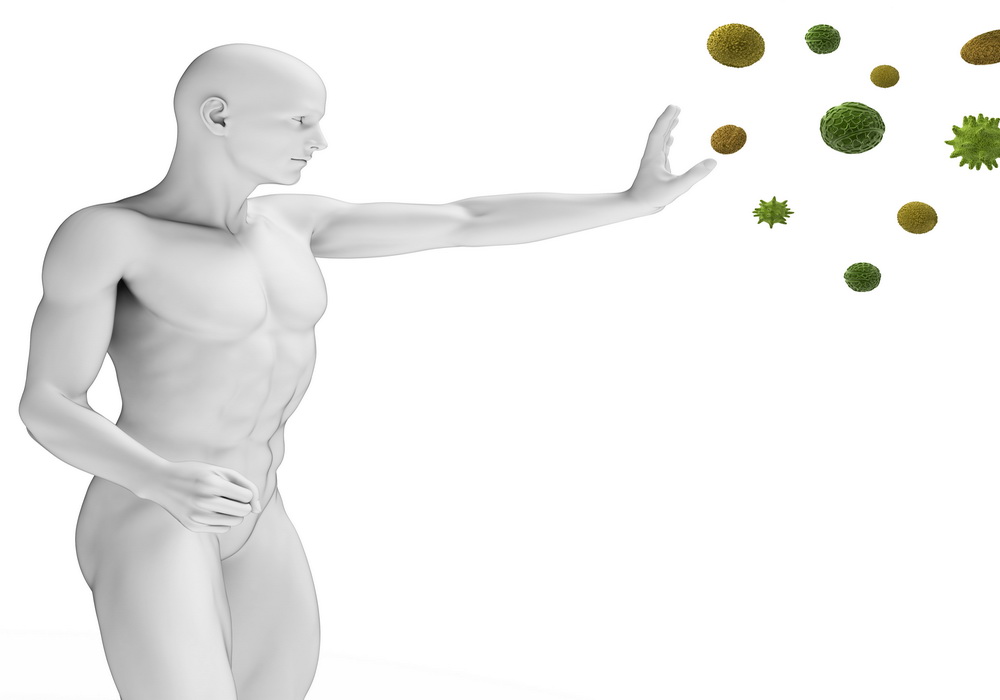
The immune system: an implacable army
Our immune system is like a fortress guarded by fully armed knights. Cells, tissues and organs compose this system, and their only objective is to maintain our body free from bacteria, viruses, parasites and fungus, among other things that could potentially harm it, such as malignant cells or foreign particles. Just like an army, the immune system requires of attack mechanisms to fight against intruders. Sometimes, we think that sneezes, cough and diarrhea, for example, are symptoms caused by microbes, but they are actually strategies that the immune system uses to get rid of them before they cause serious damage.
- Important notification about information and brand names used in this slideshow!
- Photo by shutterstock.com
- www.niaid.nih.gov/topics/immunesystem/pages/whatisimmunesystem.aspx
- http://kidshealth.org/parent/general/body_basics/immune.html
- http://www.nobelprize.org/educational/medicine/immunity/immune-overview.html
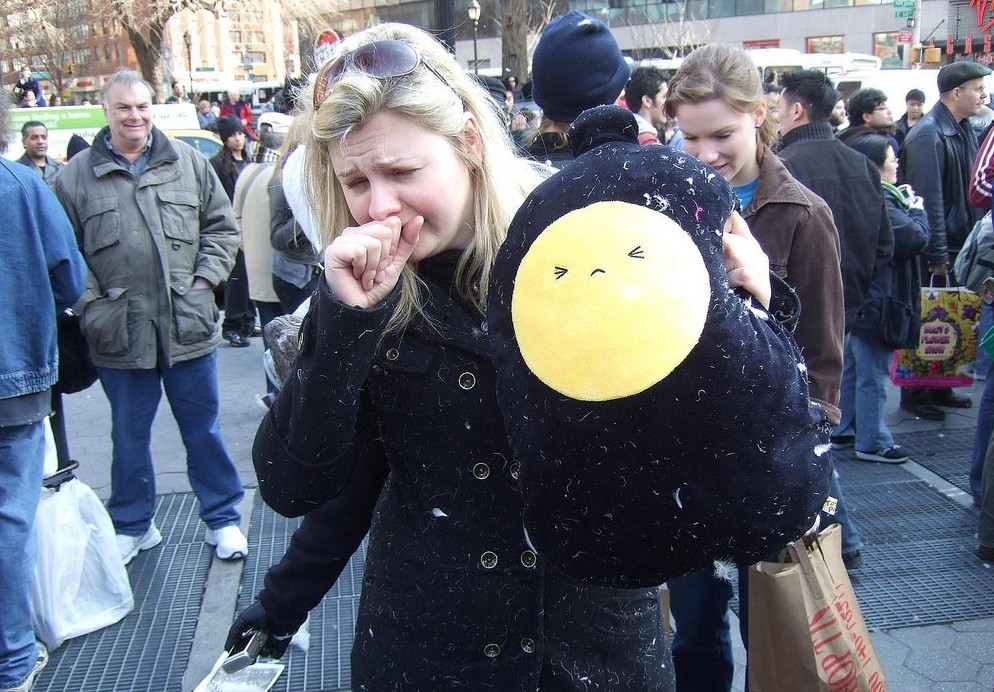
Cough, cough!!!
Cough is a natural reflex that is produced by our bodies to expel from our lungs microbes and strange particles, like dust. The coughing reflex is produced when the nerve endings present in the airways become irritated. The main purpose of activating these nerve endings is to tell the brain that something strange is inside the airways and it has to be removed. When we cough, we can expel around 6 liters of air per minute, and about 3000 droplets of saliva with it, containing all kinds of microbes, mucus and other things. Coughing can be a sign of infection, allergies and other diseases, such as cancer and cystic fibrosis.
- Important notification about information and brand names used in this slideshow!
- Photo courtesy of Russell Sprague by Flickr : www.flickr.com/photos/kingfox/2352499001/
- www.nhlbi.nih.gov/health/health-topics/topics/cough/
- http://www.nhs.uk/Conditions/Cough/Pages/Causes.aspx
- BOGDANOV, K. 2000. Biology in physics : is life matter?, San Diego, Calif.
- London, Academic.

Ah choo!!!
Just as coughing, sneezing is also a sudden reflex produced by our body to expel air from our nose and mouth. Sneezing protects the upper airway from microbes, dust particles and other things. How is it produced? When something strange gets into our upper airway, it irritates the mucus membrane of the nose and throat, activating the sneeze center of our brain. Then, it sends a message back to our belly, chest, throat and eyelids muscles, to begin with the complicated process of sneezing. Sneezing is such a good immune mechanism because a sneeze can send particles with a velocity of 100 miles per hour! Just remember to cover your mouth when sneezing so you don’t spread your microbes to others.
- Important notification about information and brand names used in this slideshow!
- Photo courtesy of Hermann Kaser by Flickr : www.flickr.com/photos/hermzz/3272885168/
- kidshealth.org/kid/talk/qa/sneeze.html
- http://www.nlm.nih.gov/medlineplus/ency/article/003060.htm
- KENNEDY, D. W., HWANG, P. H. & GRALAPP, C. 2012. Rhinology diseases of the nose, sinuses, and skull base. New York: Thieme,.
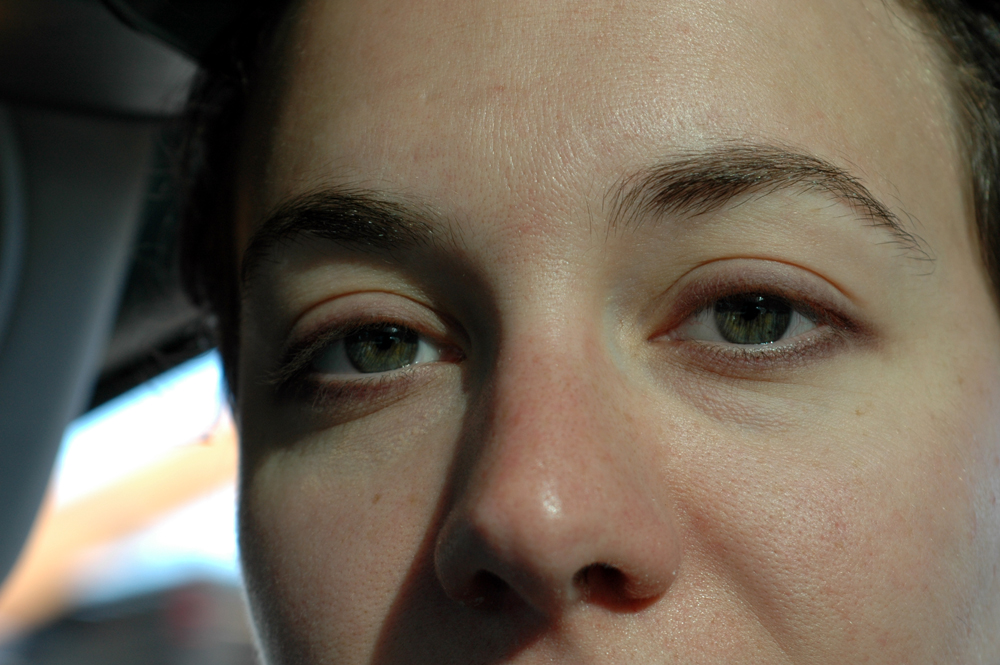
Runny nose: sticky protection
One of the first symptoms of a cold is a runny nose. It is quite an uncomfortable situation, especially if you don’t have a tissue at hand, however, it is one of the most effective protective mechanisms that our body uses to trap and expel microbes or allergens. Runny nose, or rhinorrhea, is a condition where a big amount of liquid and sticky mucus is produced inside the nose due to an infection or an allergy to pollen, dust, soy, latex, etc. This mucus prevents infections and particles to spread to the lungs and the respiratory tract. You can also experience runny nose at low temperatures. Also, an excessive production of mucus warms up the inside of the nose and the air that goes through it.
- Important notification about information and brand names used in this slideshow!
- Photo courtesy of Jessa by Flickr : www.flickr.com/photos/jessabc/249371351/
- en.wikipedia.org/wiki/Rhinorrhea#Causes
- SIN, B. & TOGIAS, A. 2011. Pathophysiology of allergic and nonallergic rhinitis. Proc Am Thorac Soc, 8, 106-14.
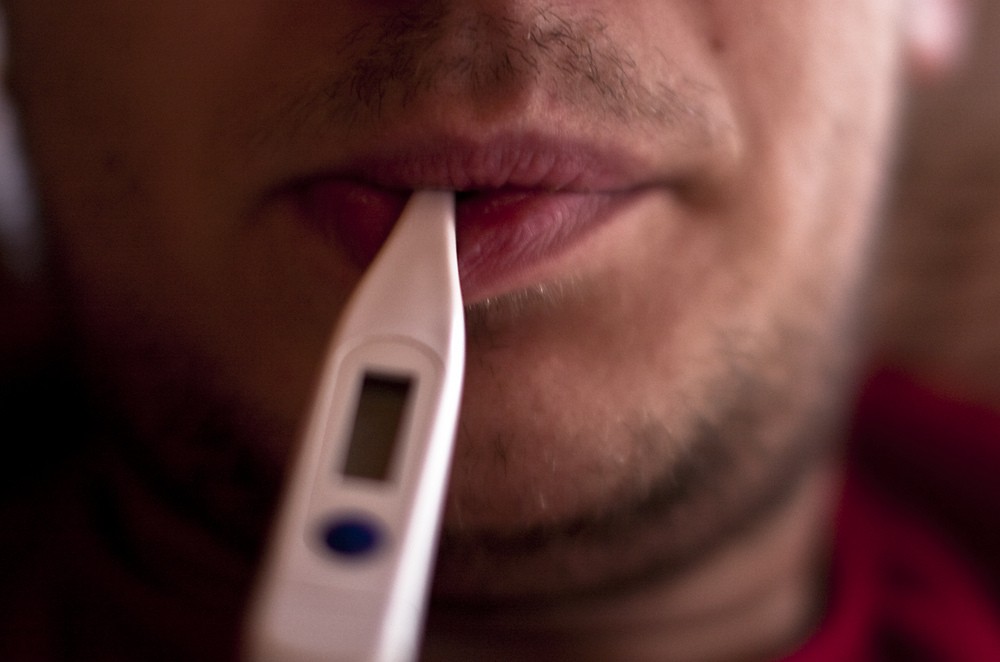
Feeling hot?
Our body temperature can be altered by a variety of situations, functioning as an alarm. When we talk about fever, we refer to an increase in the body temperature due to the presence of pyrogens. A pyrogen is an internal or external substance that induces fever. Pyrogens cause the liberation of certain substances in our body, which reach the hypothalamus, our thermoregulatory center, and induce a chain of reactions that ultimately cause a raise in our body temperature. Fever is a common symptom of many infections, but it can also appear after tissue damage and other diseases. When we have fever, it is a sign that something is not working properly or that bacteria, a virus or a parasite has gotten into our system.
- Important notification about information and brand names used in this slideshow!
- Photo courtesy of Claus Rebler by Flickr : www.flickr.com/photos/zunami/4352535111/
- ANOCHI, P.I. 2013. Mechanisms of fever in humans. Int J Microbiol Immunol Res, 2 (5), 37-43
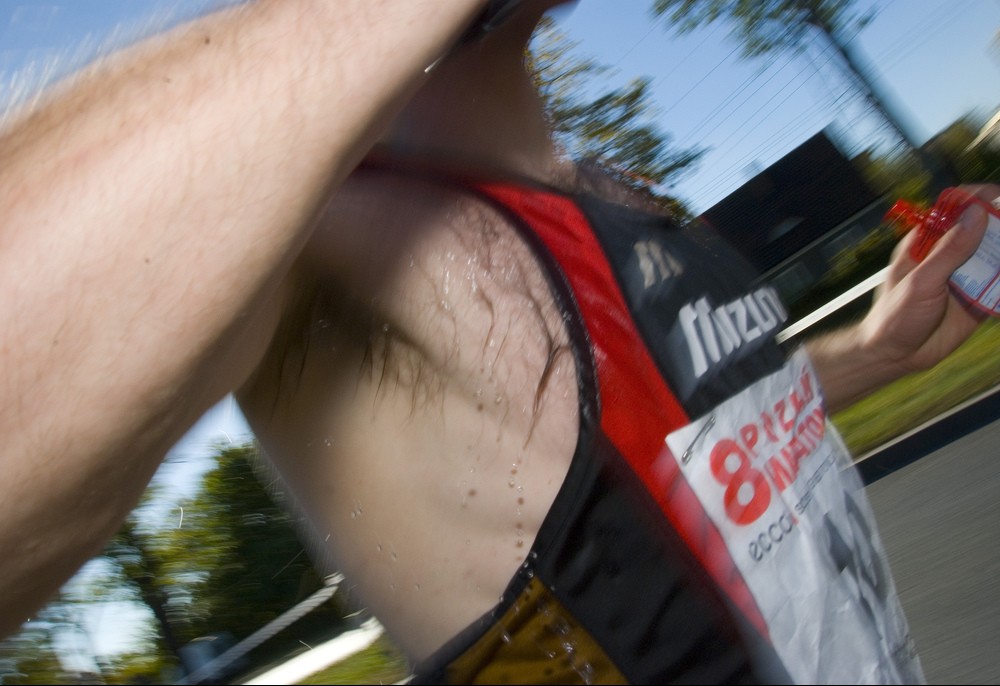
Smelly sweat
Apart from cooling our body down, sweat is also a chemical barrier that prevents microbes from attacking our body. Our sweat is rich in fatty acids, which inhibit the growth of bacteria. Sweat is also an acid substance, making it almost impossible for microbes to survive in such a hostile environment. So, even when it is smelly and a bit uncomfortable, our sweat protects us from infections. There is people that actually say that the use of antitranspirants can be harmful to our health, because we retain the sweat and it can no longer function as a protective fluid. This has not been scientifically proven, though.
- Important notification about information and brand names used in this slideshow!
- Photo courtesy of Dominik Golenia by Flickr : www.flickr.com/photos/dominikgolenia/1620989084/
- pathmicro.med.sc.edu/mobile/m.immuno-1.htm
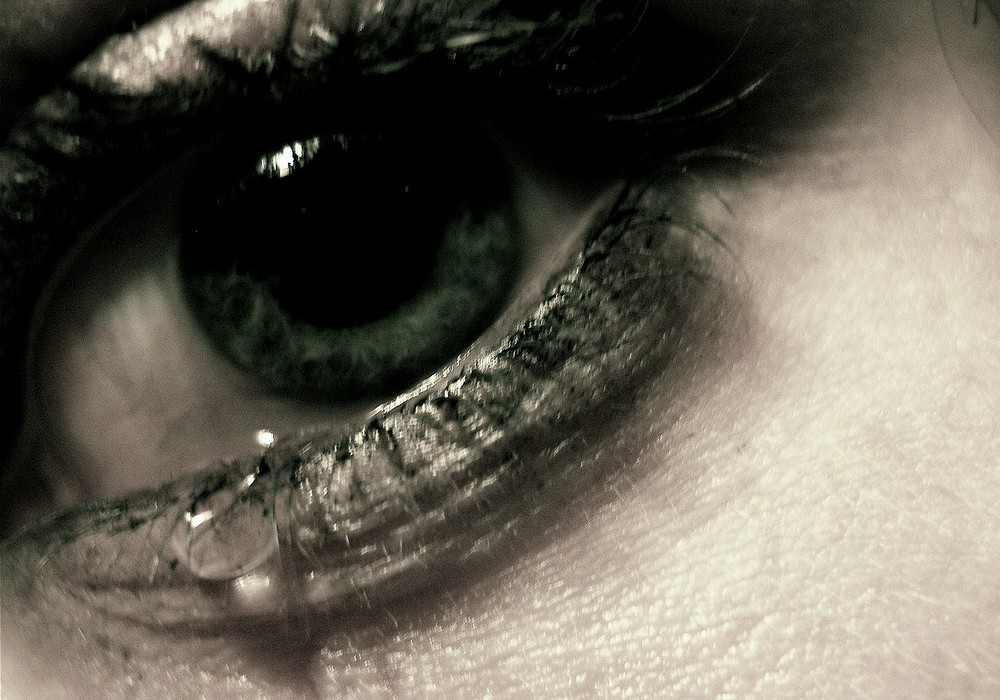
Crocodile tears
There are several types of tears, according to the experts, but even crocodile tears have a killer composition that keeps our eyes safe from anything that could potentially harm them. The eyes are one of the most vulnerable organs in our body, because they are in direct contact with the exterior. So, they need a very effective protective mechanism. Tears help in keeping our eyes safe by flushing out particles or microbes that get into them. Also, the chemical composition of tears doesn’t allow anything to grow inside the eyes and they contain a powerful component, called lysozyme, which destroys bacteria.
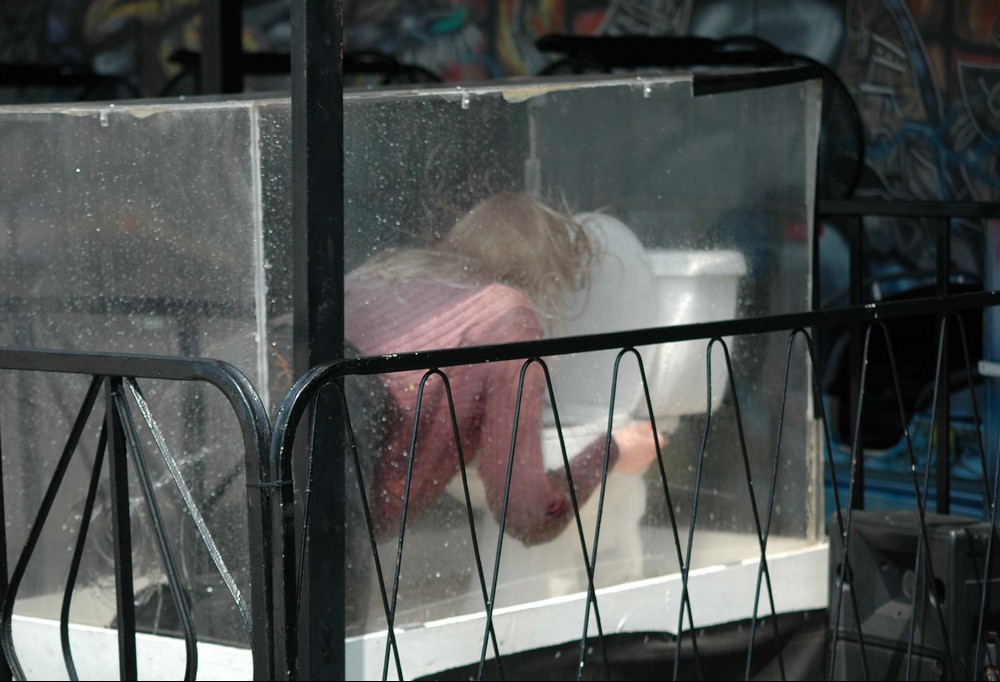
Vomit: not a very pleasant strategy
Sometimes, external barriers are not enough to keep away disease causing invaders, especially if they come in your food. Whenever you eat something that has gone bad, or is contaminated with microbes, the most effective mechanism to get it out of your system is vomiting. A special center in our brain, called the vomiting centre, is activated by signals sent from the digestive tract. This signals are initiated by bacterial toxins that get into the stomach and the small intestine. After the stimulus reaches the brain, it answers back and puts in action the expulsion of the contaminated gastric and intestinal contents to stop the poisoning effects.
- Important notification about information and brand names used in this slideshow!
- Photo courtesy of Ethan by Flickr : www.flickr.com/photos/ekavet/3663073373/
- ELEY, A. Microbial Food Poisoning, Suffolk, UK
- Springer.

Diarrhea: another unpleasant one
Diarrhea is a defense mechanism and a sign of intestinal infection. It helps in flushing out the microbes responsible of the infection or poisoning. But, what is it exactly that causes diarrhea? Some bacteria produce toxins that interfere with the intestinal absorption of liquids. In a healthy person, the gastrointestinal tract can absorb as much as 8 or 9 liters of fluids and electrolytes, leaving only 100 to 200 ml to be excreted in the stool. When we face a gastrointestinal infection, water is excreted in abnormal quantities, causing dehydration, pain and discomfort. There are medications that stop diarrhea, however, it is not always wise to interfere with it, as it is a defense mechanism, in the end.
- Important notification about information and brand names used in this slideshow!
- Photo courtesy of Daniel Oines by Flickr : www.flickr.com/photos/dno1967b/9689412566/
- HODGES, K. & GILL, R. 2010. Infectious diarrhea: Cellular and molecular mechanisms. Gut Microbes, 1, 4-21.
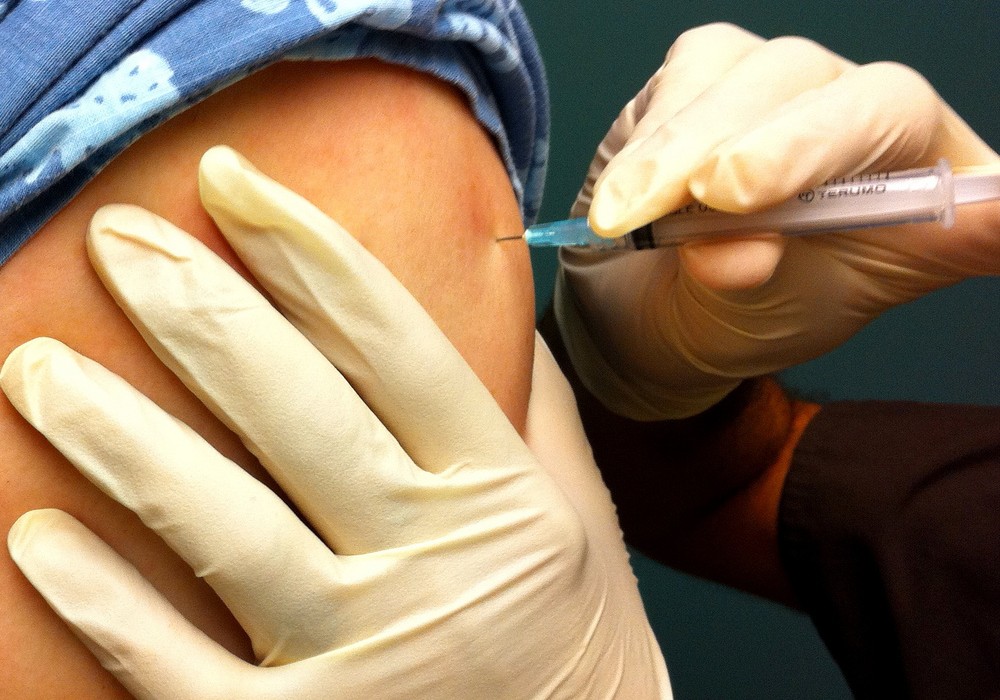
Vaccines: scary but powerful
Vaccines are certainly one of the most important scientific achievements of all times. They are not natural immunological mechanisms, but experts have perfected them so they can be used in humans to prevent many diseases. Vaccines can be made of pieces of bacteria or viruses; they are also made of complete microbes, which are first weakened, so they don’t cause disease. When we are vaccinated, the complete or fragmented microbes that enter into our blood stream alert our immune system. After recognizing the infectious agent, the immune system starts producing specific ammunition against the microbe. The ammunition is stored so that whenever we are threaten by this specific microbe, it can be attacked and stopped before causing any damage.
- Important notification about information and brand names used in this slideshow!
- Photo courtesy of Blake Patterson by Flickr : www.flickr.com/photos/blakespot/4919795171/
- PULENDRAN, B. & AHMED, R. 2011. Immunological mechanisms of vaccination. Nat Immunol, 12, 509-17.


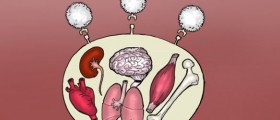



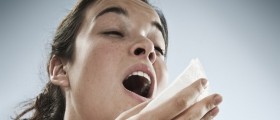










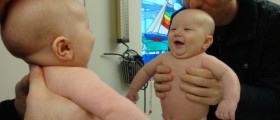
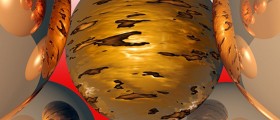

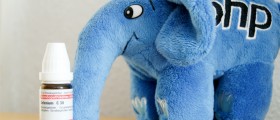
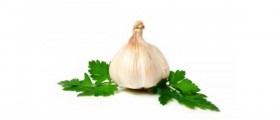
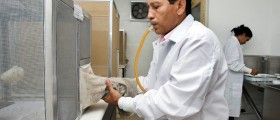
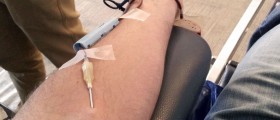



Your thoughts on this
Loading...